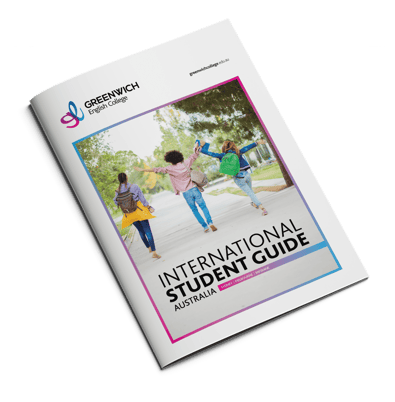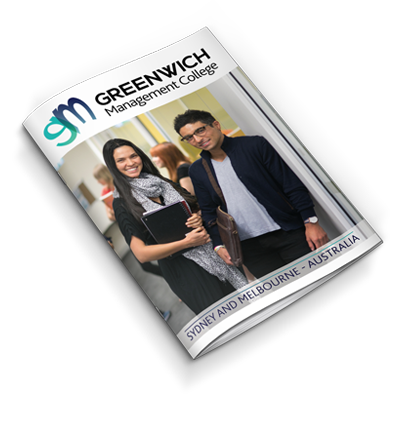We use the to-infinitive to express purpose.
For example, I am going to the supermarket to buy some food.
He bought flowers to give to his mother.
Many students have difficulty with the use of infinitives, and many of their mistakes are the result of their translations from their mother tongue. A common mistake that students make is:
“I am going to the supermarket for buy some food.”
“He bought flowers for give to his mother.”
To as in “to give” or “to buy” is a particle, not a preposition, and it is part of the infinitive. When using the infinitive to express purpose, it answers the question “Why...?”

I am going to the supermarket – why? – to buy some food.
He bought flowers – why? – to give to his mother.
We could also use in order to or so as to without changing the meaning of the above sentences:
I am going to the supermarket in order to buy some food.
He bought flowers so as to give them to his mother.
Another very common mistake is the use of the infinitive after prepositions.
“I am looking for buy a car.”
“I am looking for to buy a car.”
The correct sentence is I am looking for a car to buy.
One thing to remember is that in English after prepositions we cannot use the infinitive. We can only use
1. A gerund (verb-ing) I am fond of playing tennis.
2. A noun I am fond of tennis.
3. A pronoun I often play tennis because I am fond of it.



 Chinese
Chinese Japanese
Japanese Italian
Italian Korean
Korean Spanish
Spanish Portuguese
Portuguese Thai
Thai Vietnamese
Vietnamese


%20(1).png?noresize&width=395&height=402&name=GMC-BROCHURE-2021-MOCKUP-png(1)%20(1).png)




